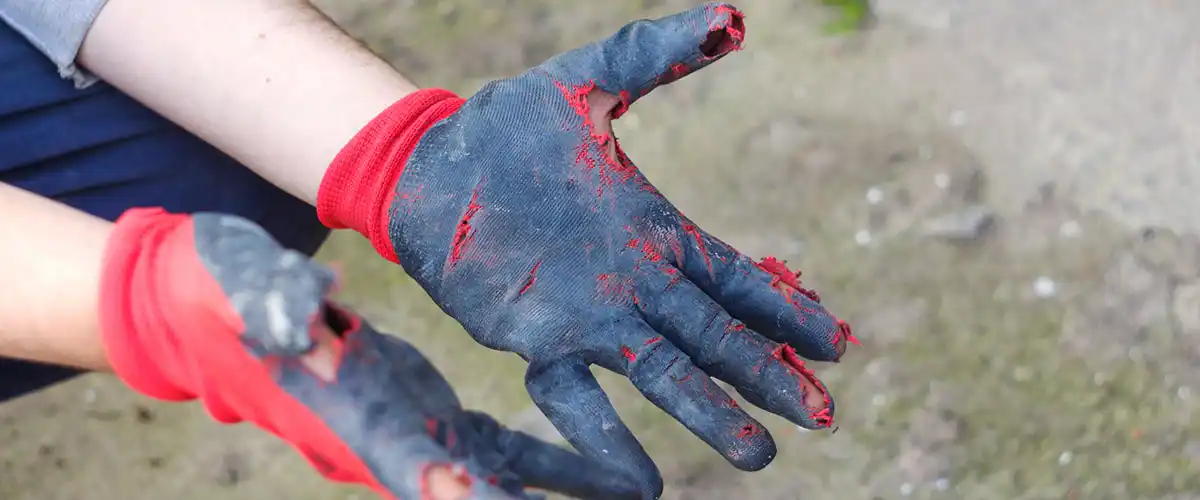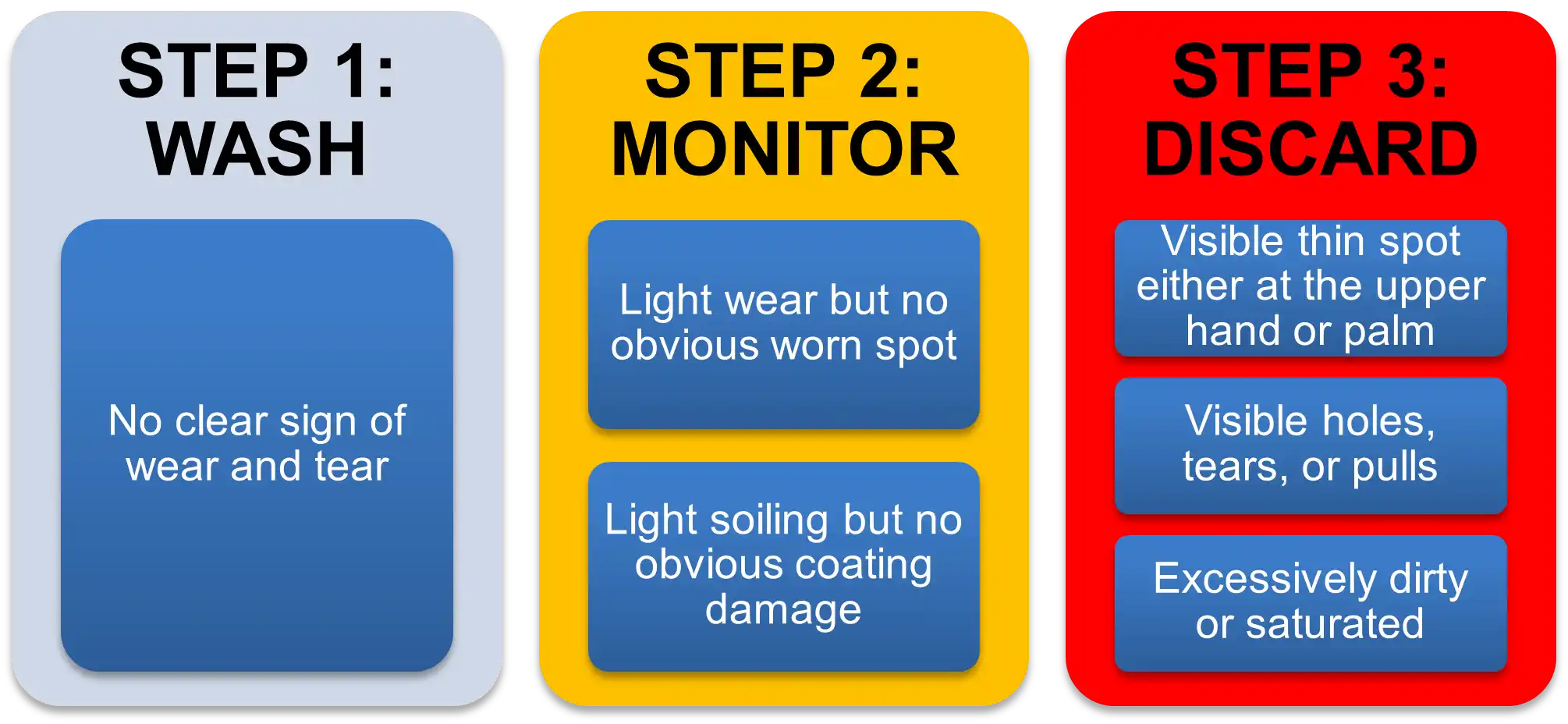

All safety officers probably wish they have a clear-cut answer to that. We say it mostly depends on what type of work you do and what glove you are wearing.
The name says it all, disposable gloves are meant for single use only as it protects against cross-contamination and unknown hazards from spreading. This type of glove is commonly used in medical, food, or industries that practice enhanced hygiene. Anyone who uses disposable gloves should replace them with a new pair for the next task they do.
Specialized gloves can only do their job for as long as they remain in top condition. Example of these gloves includes high voltage gloves, arc flash gloves, heat-resistant gloves, cold-resistant gloves etc. As soon as the gloves show signs of wear or damage, you should replace them. Some gloves even require re-testing regularly to minimize the risk of injury.
Safety is and should always be the priority. It is perfectly natural to replace gloves. If the glove is no longer able to serve its purpose of protecting our hands, discard them!
The big question is when to replace gloves after use, 2 days, a week, even a month? If you follow these steps, it might prove helpful:

It can be hard to see wear and tear if the gloves are dirty. Be sure to wash them before they become too dirty to monitor for safety. This helps identify if a glove is worn out and makes them last longer, which means more savings!
The best way to keep everyone’s gloves in good condition is to make it a habit of carefully examining gloves while wearing them. Besides, glove wear and tear will increase with time, so it is crucial to check the glove before every shift starts.
With visible wear and tear, or if the gloves are dirty beyond salvation, it is time to replace them. Never hesitate to discard a glove early rather than too late, risking an injury. Better safe than sorry.
Size guide
The largest part of a knitted glove – the shell liner